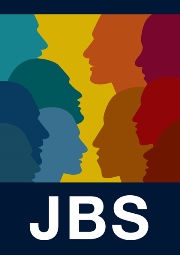Article contents
MODELLING THE VICIOUS CIRCLE BETWEEN OBESITY AND PHYSICAL ACTIVITY IN CHILDREN AND ADOLESCENTS USING A BIVARIATE PROBIT MODEL WITH ENDOGENOUS REGRESSORS
Published online by Cambridge University Press: 15 January 2014
Summary
The increasing prevalence of obesity in children and adolescents has become one of the most important public health issues around the world. Lack of physical activity is a risk factor for obesity, while being obese could reduce the likelihood of participating in physical activity. Failing to account for the endogeneity between obesity and physical activity would result in biased estimation. This study investigates the relationship between overweight and physical activity by taking endogeneity into consideration. It develops an endogenous bivariate probit model estimated by the maximum likelihood method. The data included 4008 boys and 4197 girls in the 5th–9th grades in Taiwan in 2007–2008. The relationship between overweight and physical activity is significantly negative in the endogenous model, but insignificant in the comparative exogenous model. This endogenous relationship presents a vicious circle in which lower levels of physical activity lead to overweight, while those who are already overweight engage in less physical activity. The results not only reveal the importance of endogenous treatment, but also demonstrate the robust negative relationship between these two factors. An emphasis should be put on overweight and obese children and adolescents in order to break the vicious circle. Promotion of physical activity by appropriate counselling programmes and peer support could be effective in reducing the prevalence of obesity in children and adolescents.
Information
- Type
- Articles
- Information
- Copyright
- Copyright © Cambridge University Press 2014
References
- 2
- Cited by

